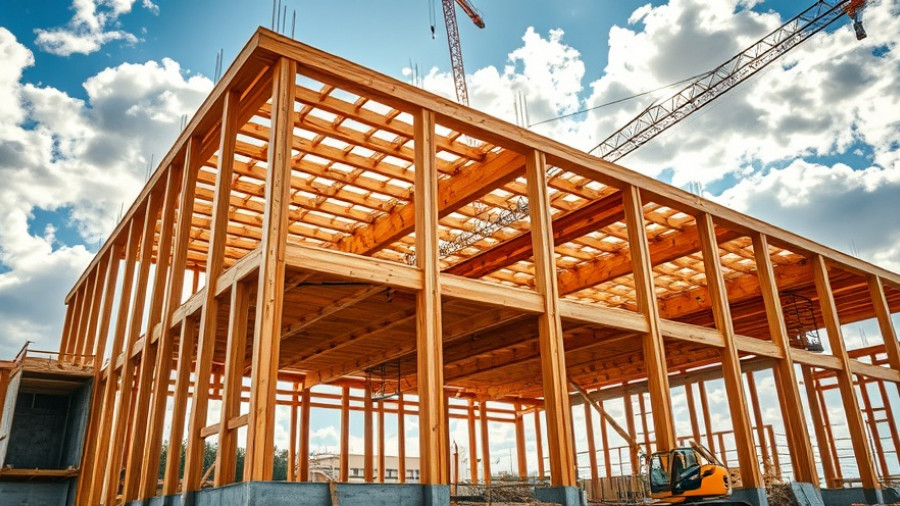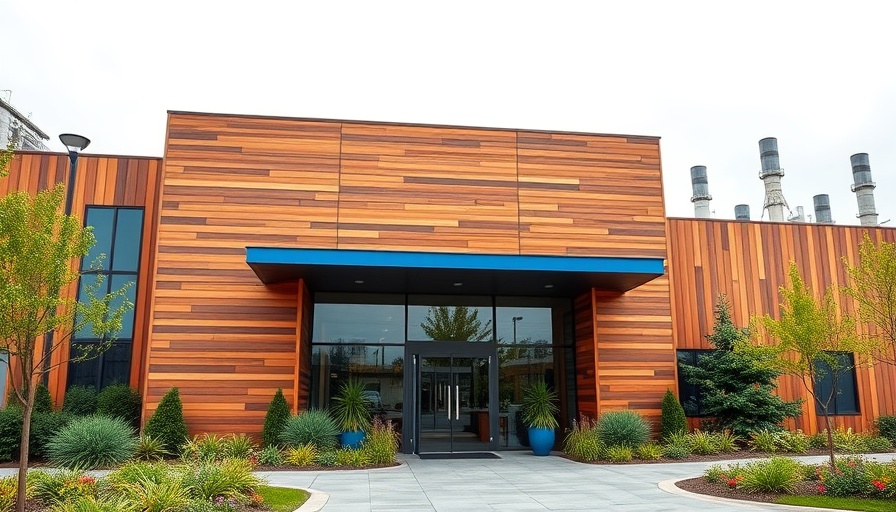
The Surge in Mass Timber: A New Era in Construction
As the construction industry progresses towards sustainable practices, mass timber is emerging as a groundbreaking alternative to traditional steel structures. With a remarkable five-fold increase over the past seven years in multifamily, commercial, or institutional mass timber projects, the demand for skilled trades capable of leveraging this innovative material is also escalating.
Ironworkers: The Unsung Heroes of Mass Timber Projects
Amid this surge, ironworkers are positioning themselves as key players in mass timber construction. Coby Foust, president of Foust Fab & Erectors, asserts the unique skill set of ironworkers directly translates to mass timber projects. Their experience in heavy rigging and structural assembly uniquely equips them for the challenges mass timber presents. “We have that heavy rigging skill set to be able to assemble any kind of skeleton framing for a building,” explains Eric Dean, general president of the International Association of Bridge, Structural, Ornamental and Reinforcing Iron Workers.
Understanding the Nuances of Mass Timber
However, transitioning to mass timber is not without its challenges. Workers must recognize that, unlike steel, mass timber is an architectural finished product that requires finesse during installation. As Foust humorously notes, “Mass timber… has feelings.” A misstep in handling could lead to visible damage, emphasizing the need for specialized training.
Training for Tomorrow
Recognizing the industry's evolution, ironworkers are actively enhancing their skills in mass timber applications. Currently, 35 Iron Workers locals are utilizing mockups to provide hands-on experience with mass timber installations. This initiative aims to equip workers with the necessary competencies during their apprenticeships, fostering a seamless transition to mass timber projects.
Collaboration: The Key to Success
While ironworkers prove pivotal in the construction of mass timber buildings, their success relies heavily on collaboration with other skilled trades. The construction of projects like the Brookhaven City Centre exemplifies this hybrid approach, where ironworkers and carpenters unite to complement each other's expertise. “A composite crew is the best approach... because that mix of disciplines created a stronger, more well-rounded crew,” claims Tom Baun, ironworker mass timber consultant. This model showcases how the synergy between trades leads to improved quality and efficiency in construction.
The Future of Mass Timber in Construction
The growing interest in sustainable building practices, combined with the advantages offered by mass timber, suggests a bright future for this construction method. As societal demands shift towards eco-friendly materials, the skills of ironworkers in managing mass timber projects will be increasingly vital. Leaders in construction and property development must recognize these trends, embrace the evolving skill sets of their workforce, and consider integrating mass timber into their upcoming projects.
For serious business owners and facility managers looking to invest in sustainable construction projects, now is the time to explore the potential of mass timber. By leveraging the collaborative capabilities of skilled trades, including ironworkers, the construction industry can move towards more sustainable and efficient building practices.
 Add Row
Add Row  Add
Add 




Write A Comment